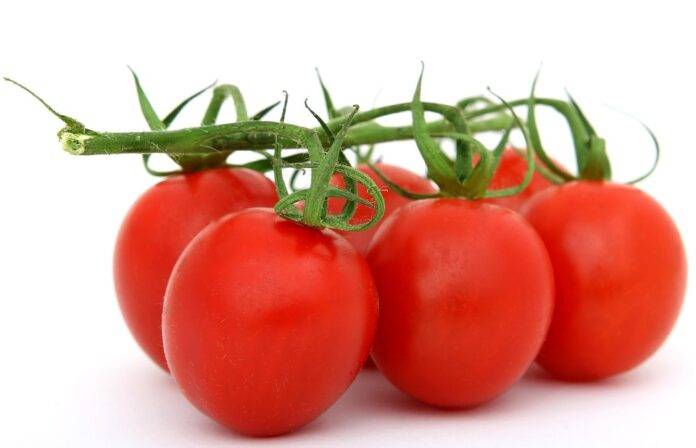The Economics of Tomatoes: Price Trends, Supply Chains, and Market Forces
The tomato industry is a crucial component of the global agricultural sector, with tomatoes being one of the most widely consumed vegetables worldwide. Understanding the economics of tomatoes involves analyzing price trends, supply chains, and market forces that impact this industry.
Global Tomato Production and Trade Volumes
Tomatoes are grown in various regions around the world, with major producers including China, India, the United States, Turkey, and Italy. According to data from the Food and Agriculture Organization (FAO), global tomato production reached over 182 million metric tons in 2020.
The trade volumes of tomatoes are significant, with countries exporting and importing tomatoes to meet consumer demand and take advantage of seasonal variations in production. The United States is one of the largest importers of tomatoes, particularly during the winter months when domestic production is lower.
Price Trends in the Tomato Industry
Tomato prices are influenced by a variety of factors, including weather conditions, production costs, consumer demand, and market competition. In recent years, fluctuations in tomato prices have been observed due to changing weather patterns impacting crop yields and increasing production costs.
For example, in 2020, the COVID-19 pandemic disrupted supply chains and labor availability in many tomato-producing regions, leading to price spikes in some markets. Additionally, trade disputes between major tomato-producing countries have also affected prices by imposing tariffs and trade restrictions.
Supply Chains in the Tomato Industry
The tomato supply chain involves multiple stages from farm to table, including seed production, farming practices, harvesting, processing, packaging, transportation, and retail distribution. Each stage of the supply chain plays a critical role in ensuring that fresh tomatoes reach consumers in a timely and cost-effective manner.
Efficient supply chains are essential for maintaining quality standards and reducing waste in the tomato industry. Technologies such as cold storage facilities, refrigerated trucks, and tracking systems help optimize supply chain operations and minimize losses during transportation.
Market Forces Impacting Tomato Prices
Market forces such as supply and demand dynamics, government policies, trade agreements, currency fluctuations, and consumer preferences can significantly influence tomato prices. For example, changes in dietary habits towards healthier eating options have increased demand for organic and locally grown tomatoes, leading to premium pricing for these products.
Government subsidies and tariffs on imported tomatoes can also impact market prices by altering the competitive landscape for domestic producers. Trade agreements between countries can either facilitate or hinder tomato exports depending on tariff rates and market access conditions.
Conclusion
In conclusion, the economics of tomatoes are complex and multifaceted, with price trends, supply chains, and market forces all playing a crucial role in shaping this industry. Understanding these factors is essential for stakeholders in the tomato sector to make informed decisions regarding production, pricing strategies, and market positioning.
By analyzing trade volumes, pricing trends, and real-world examples of how market forces impact tomato prices, industry professionals can better navigate the challenges and opportunities present in this dynamic industry. As global demand for tomatoes continues to grow, staying abreast of economic trends will be key to success in the competitive tomato market.




